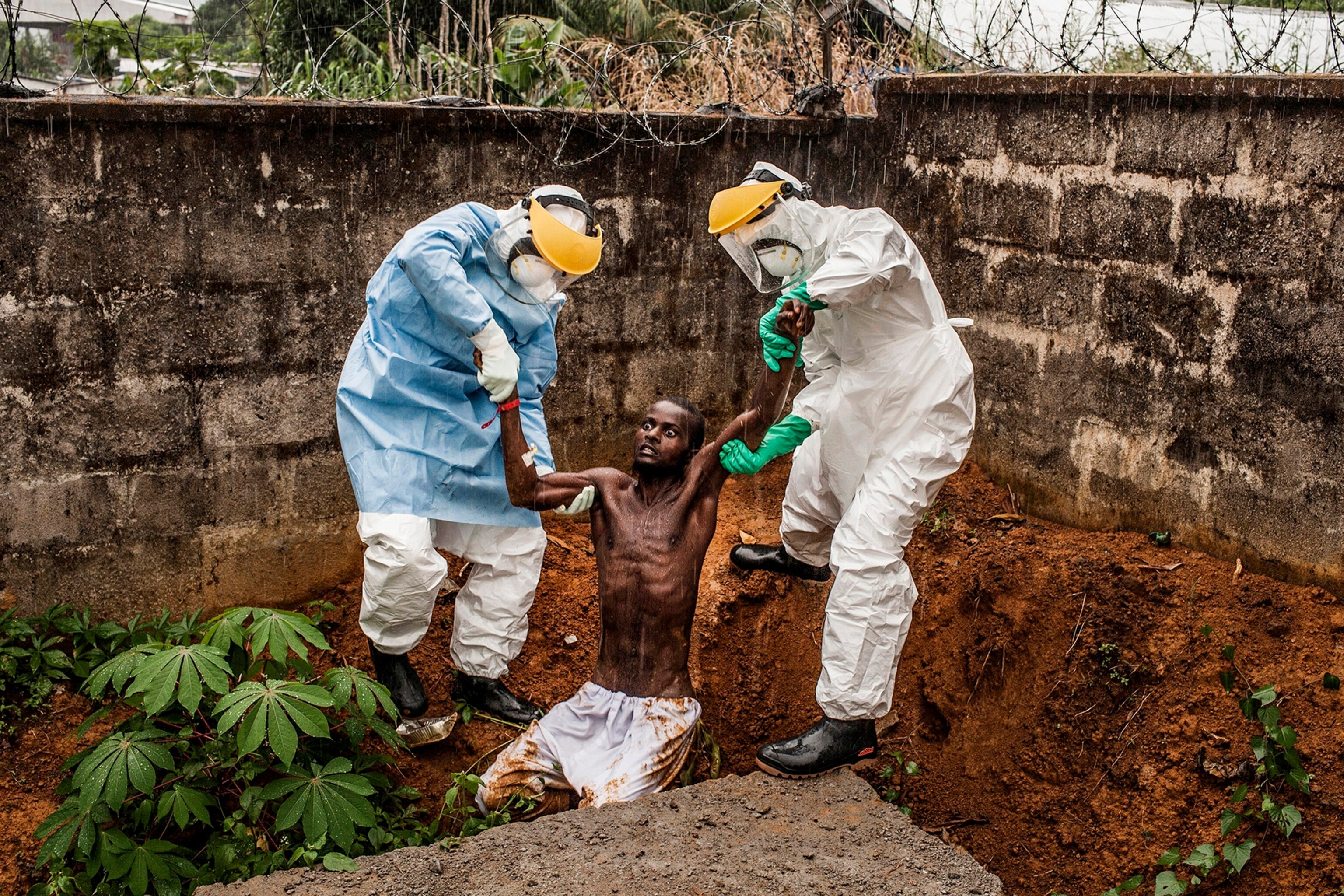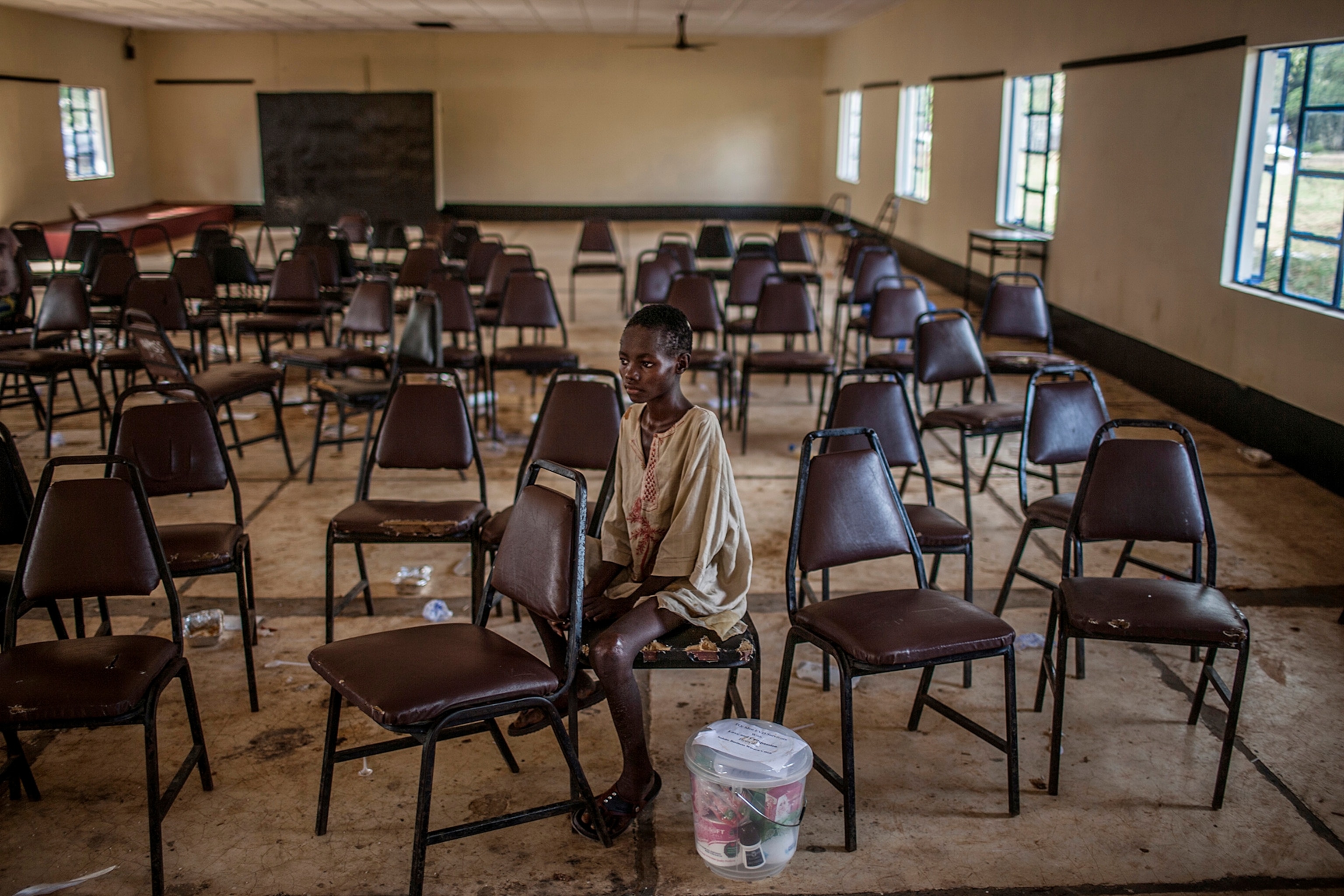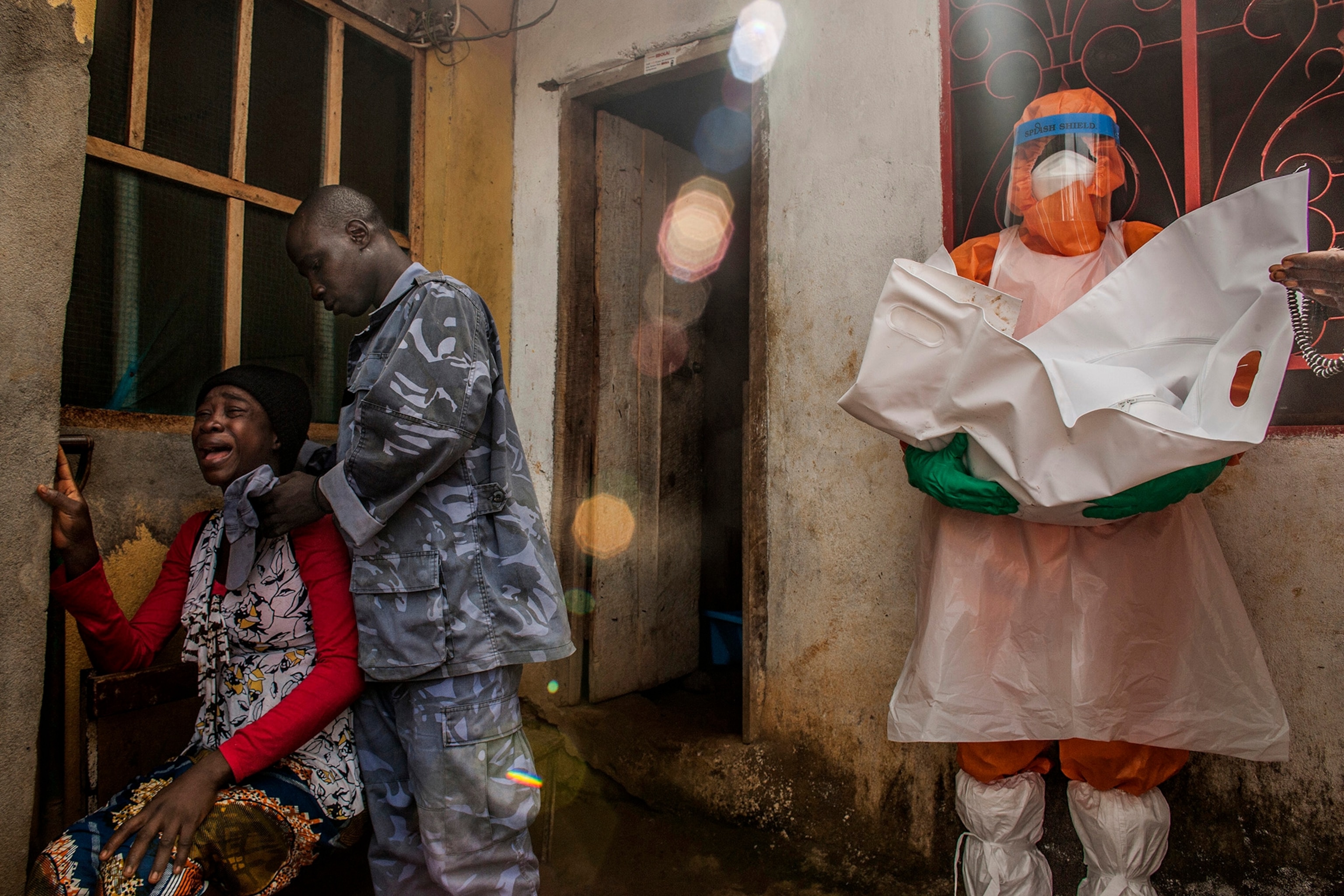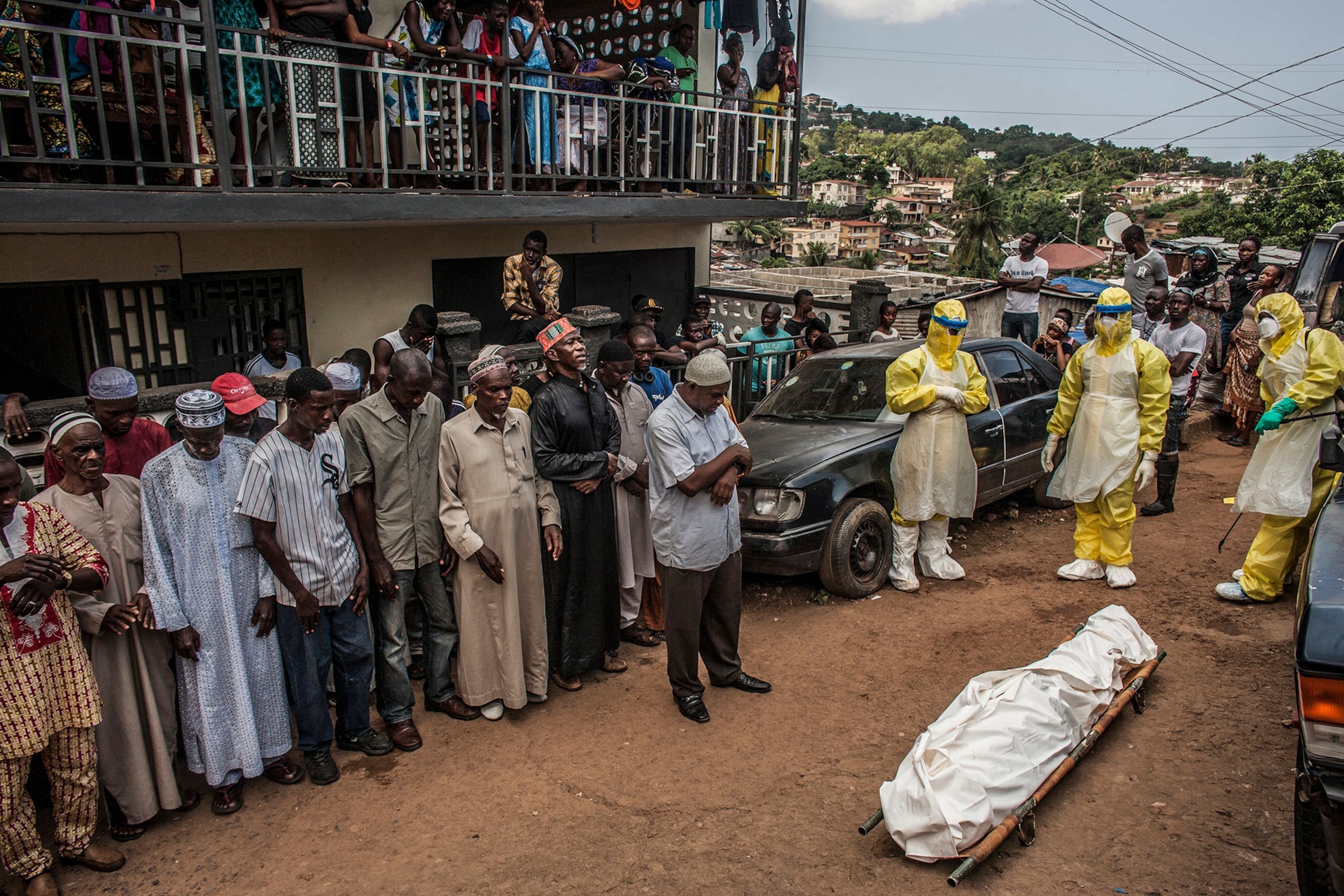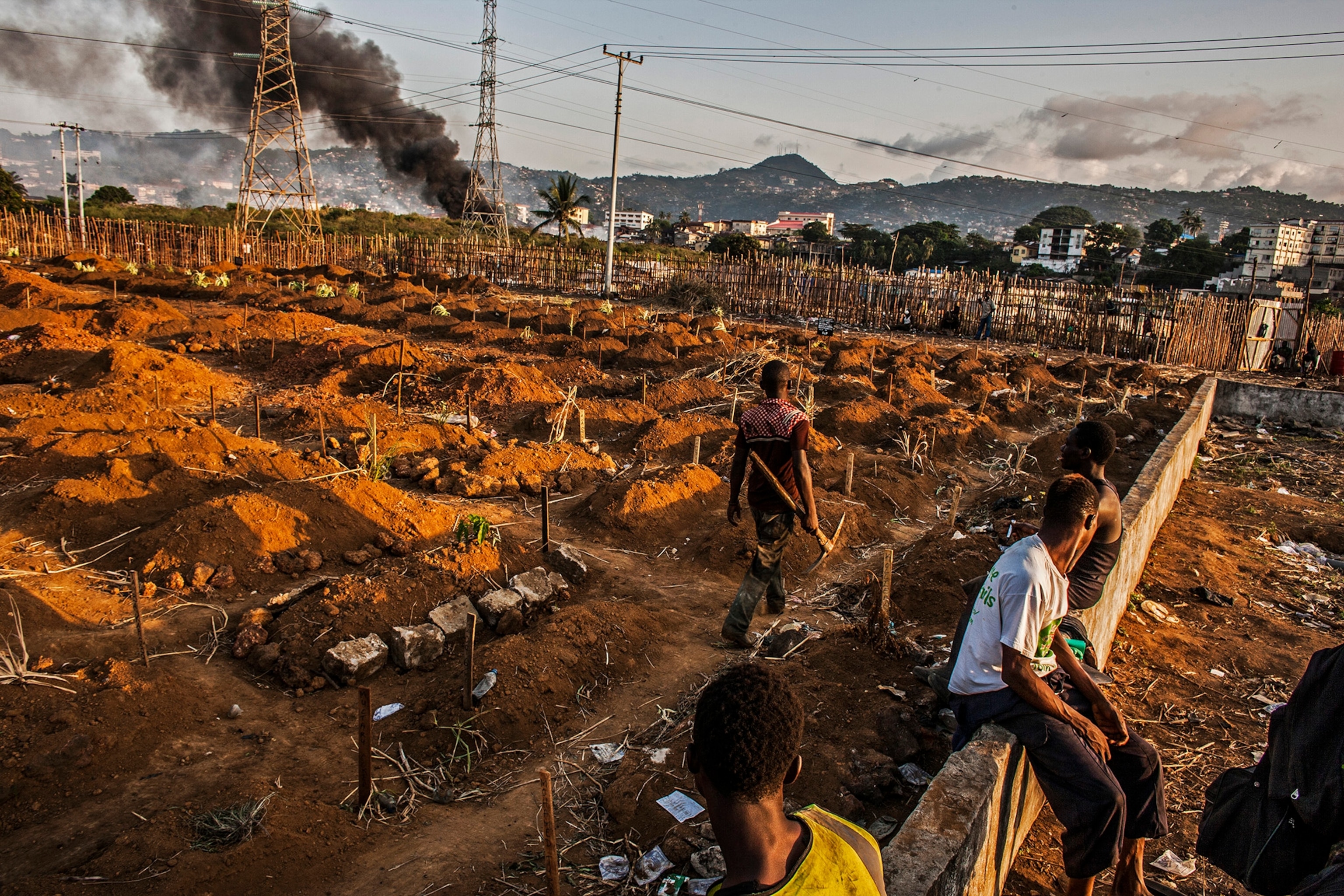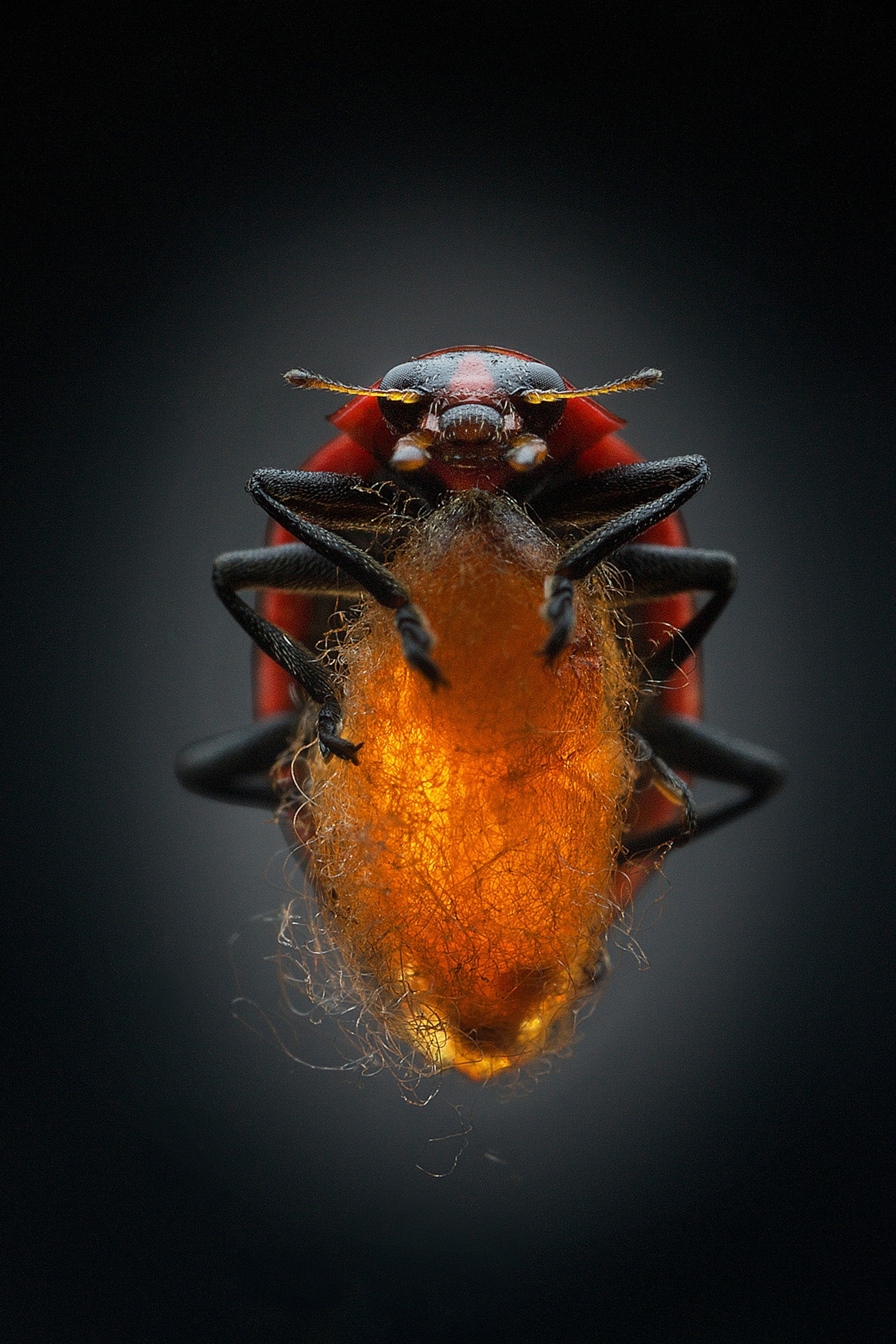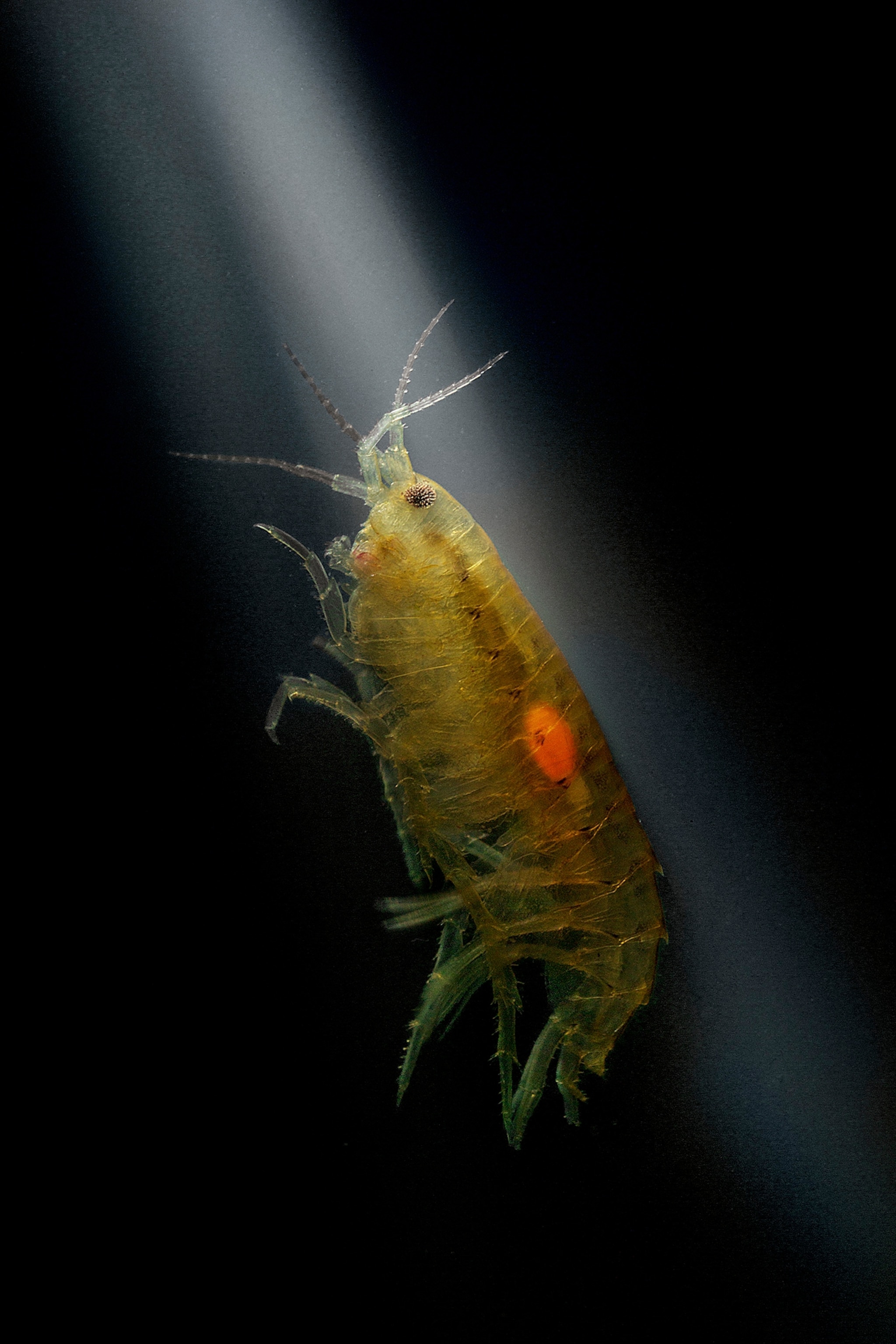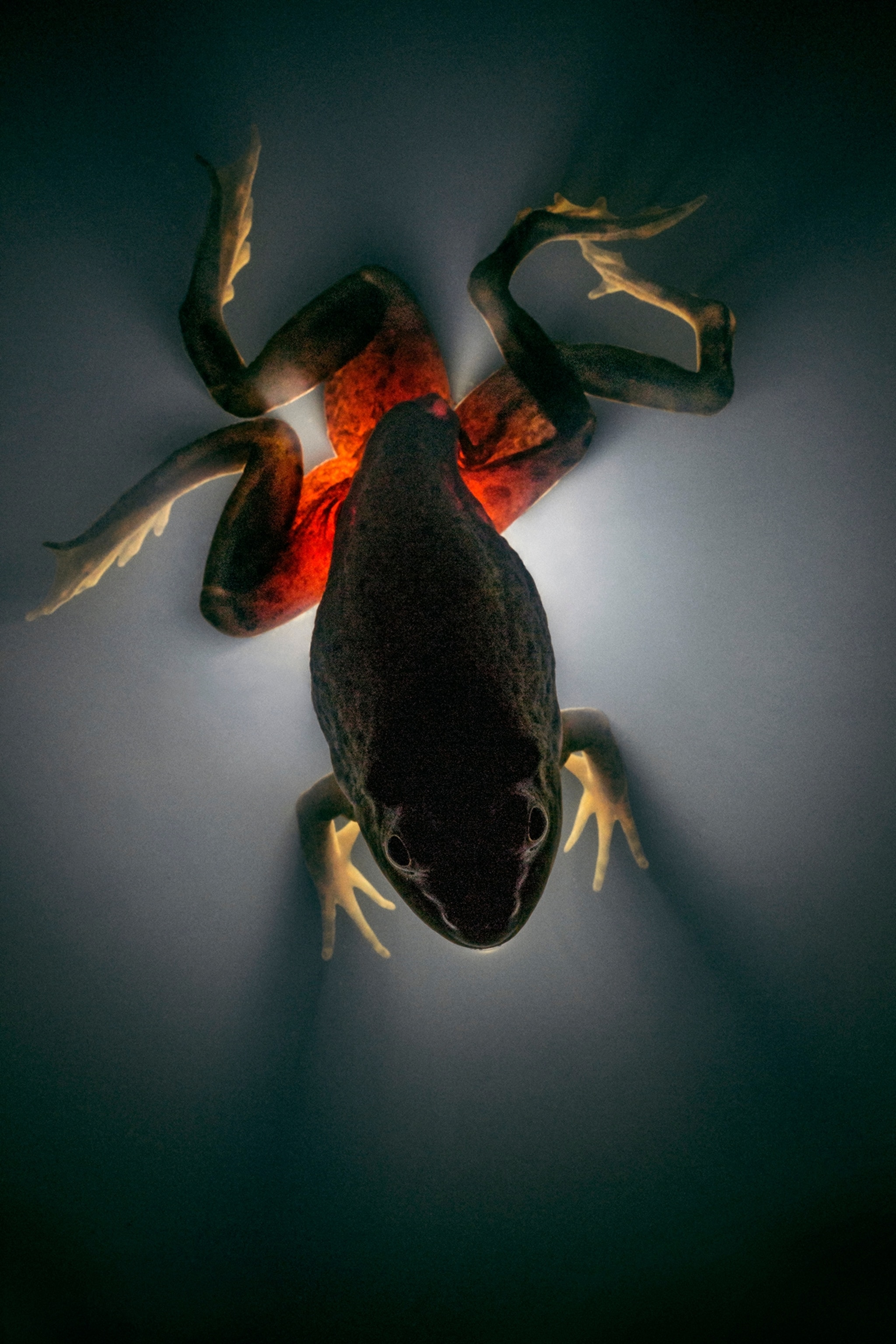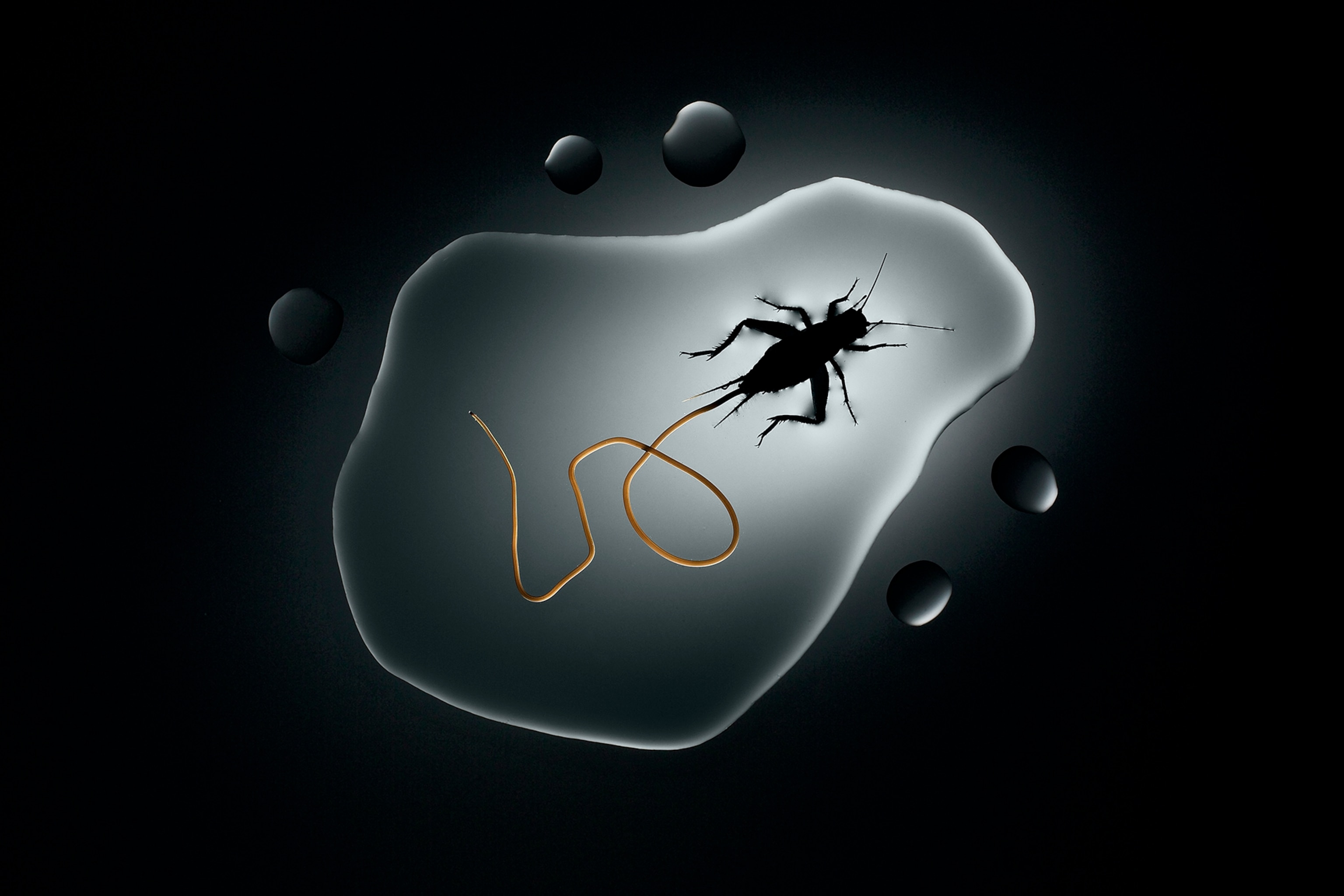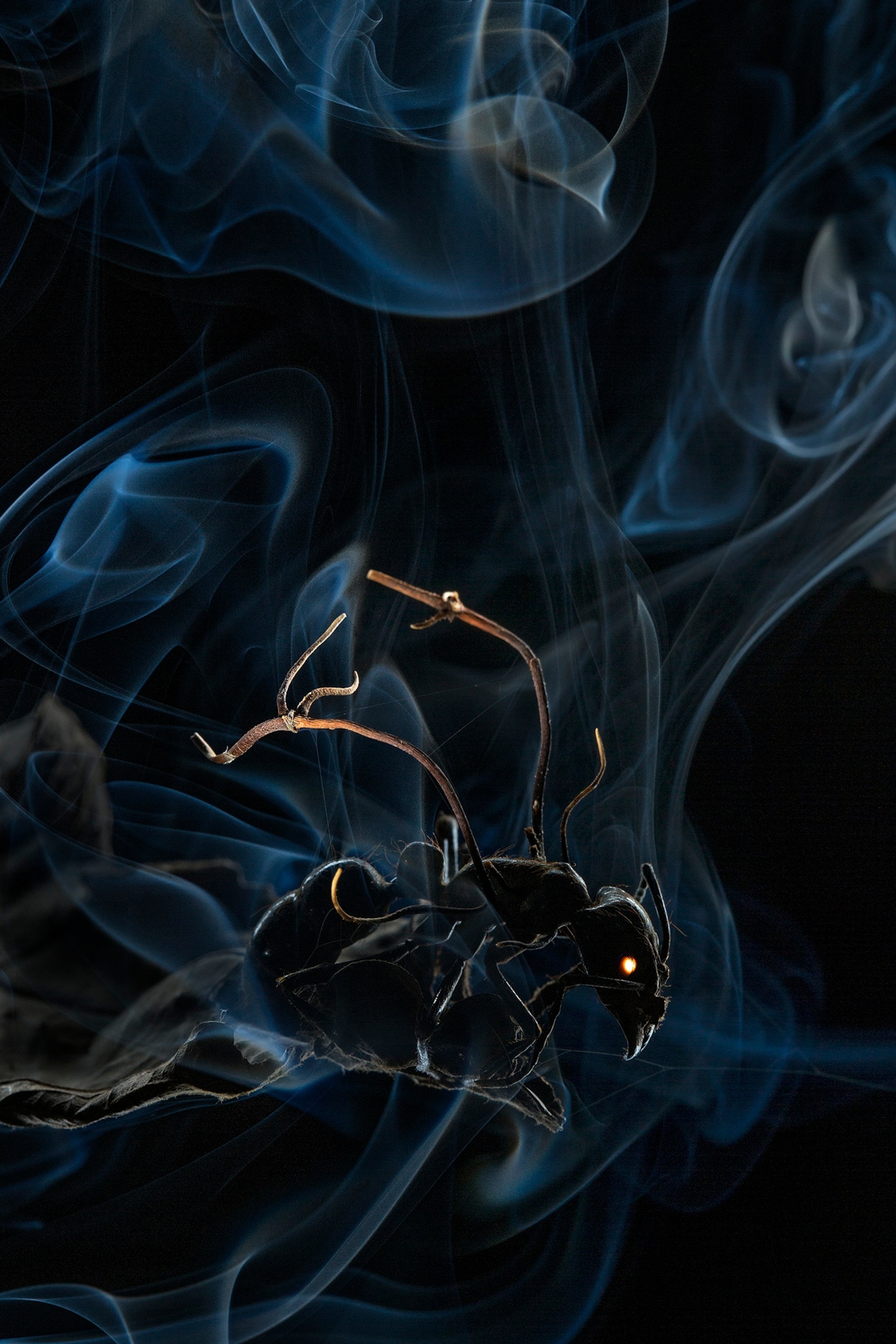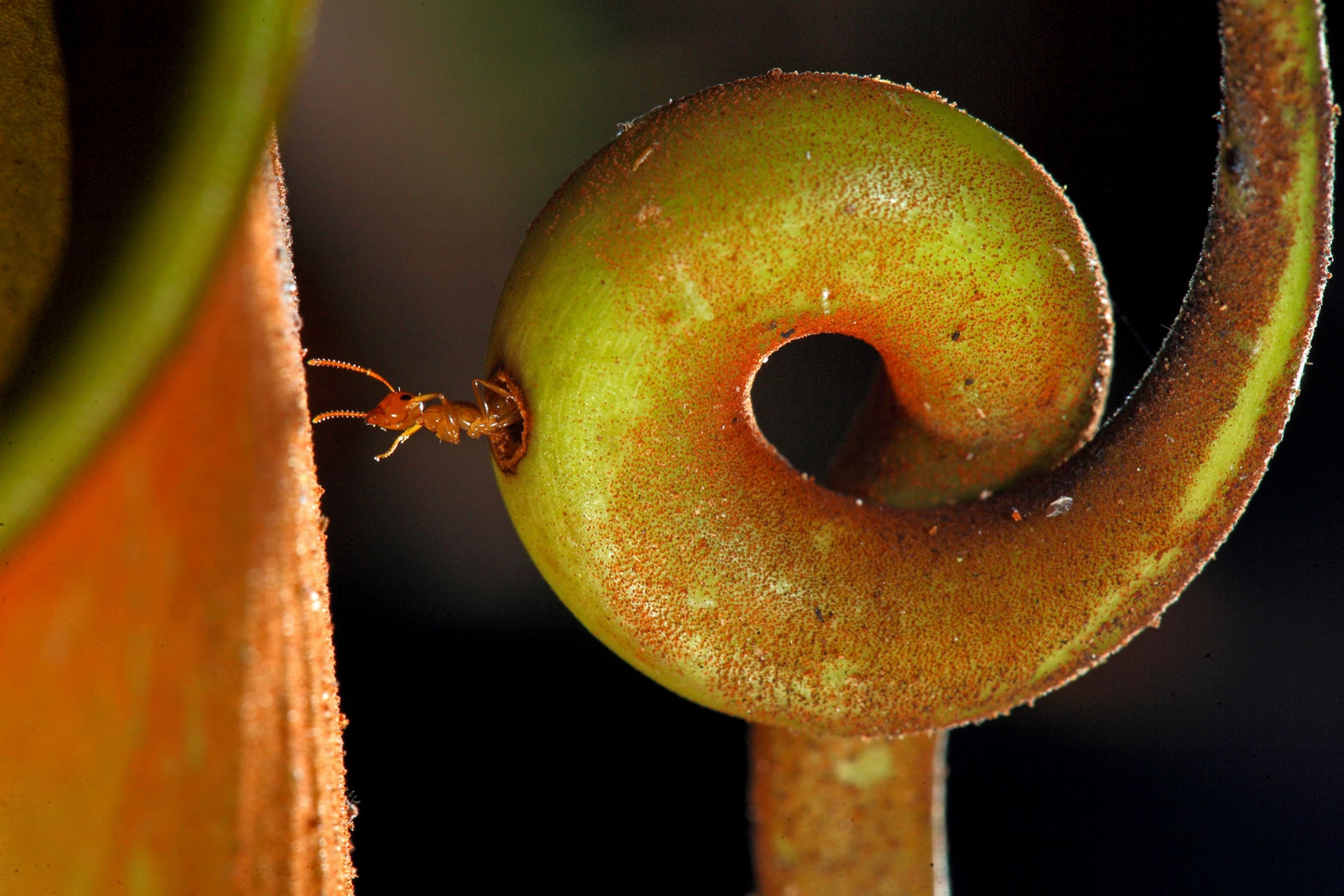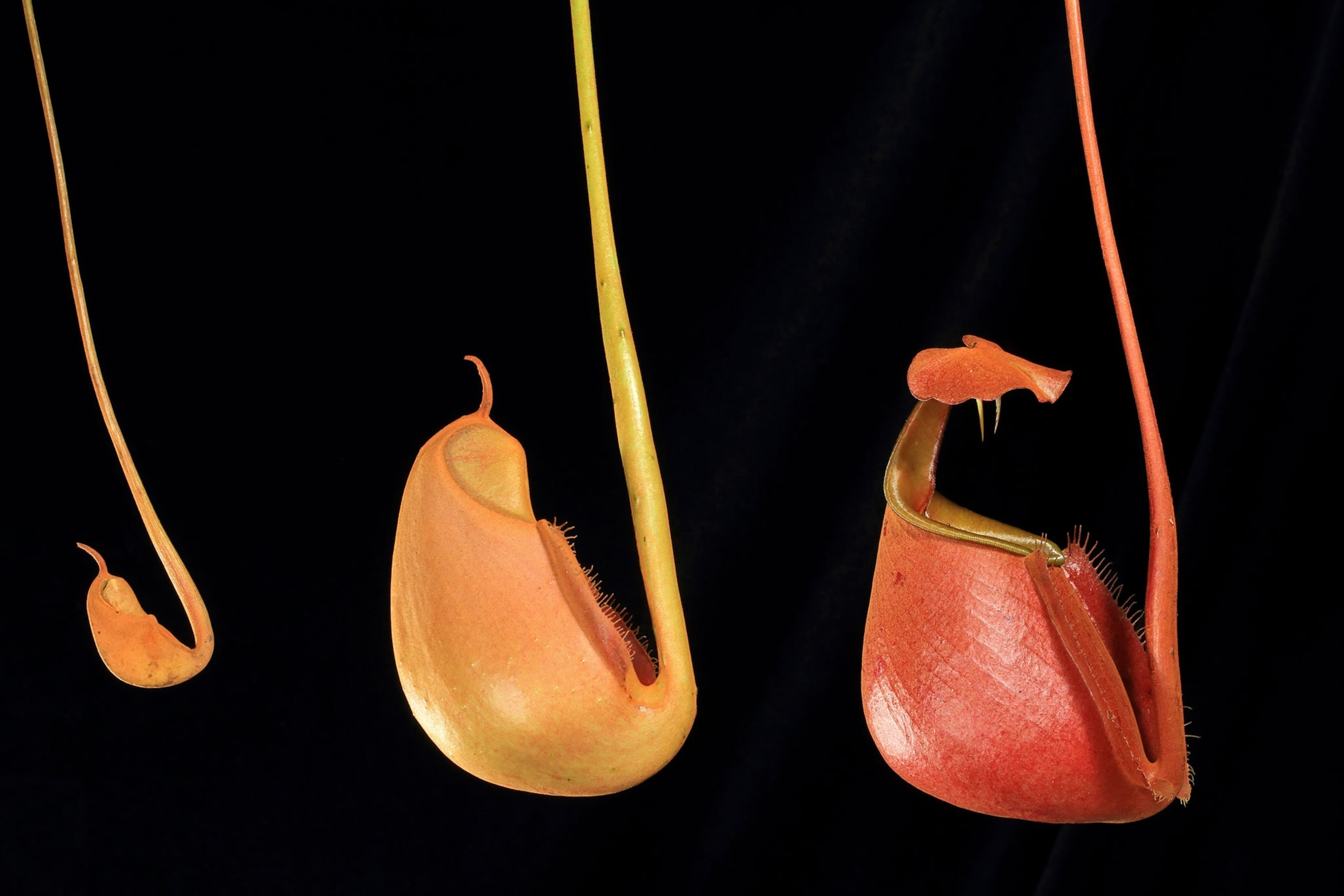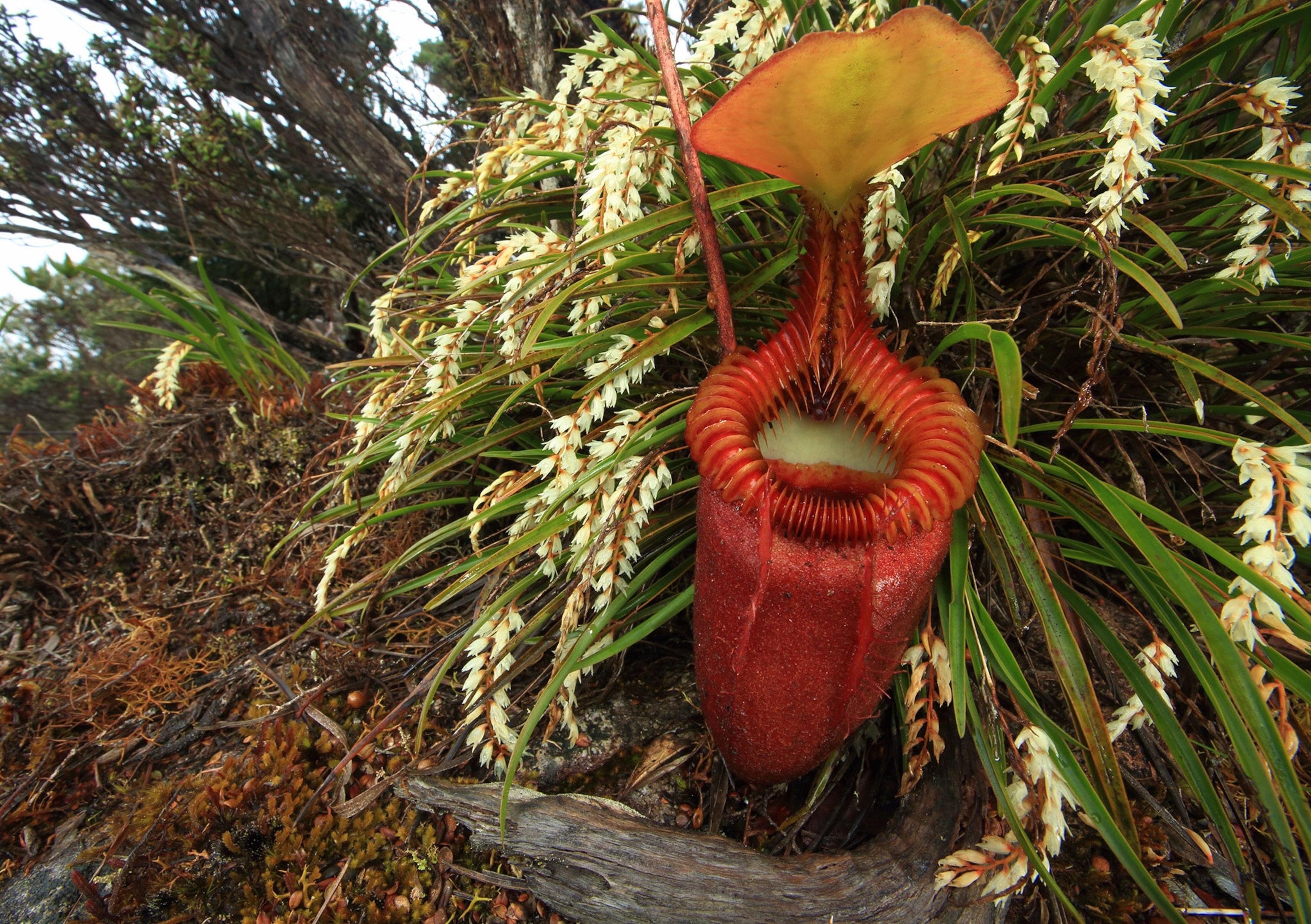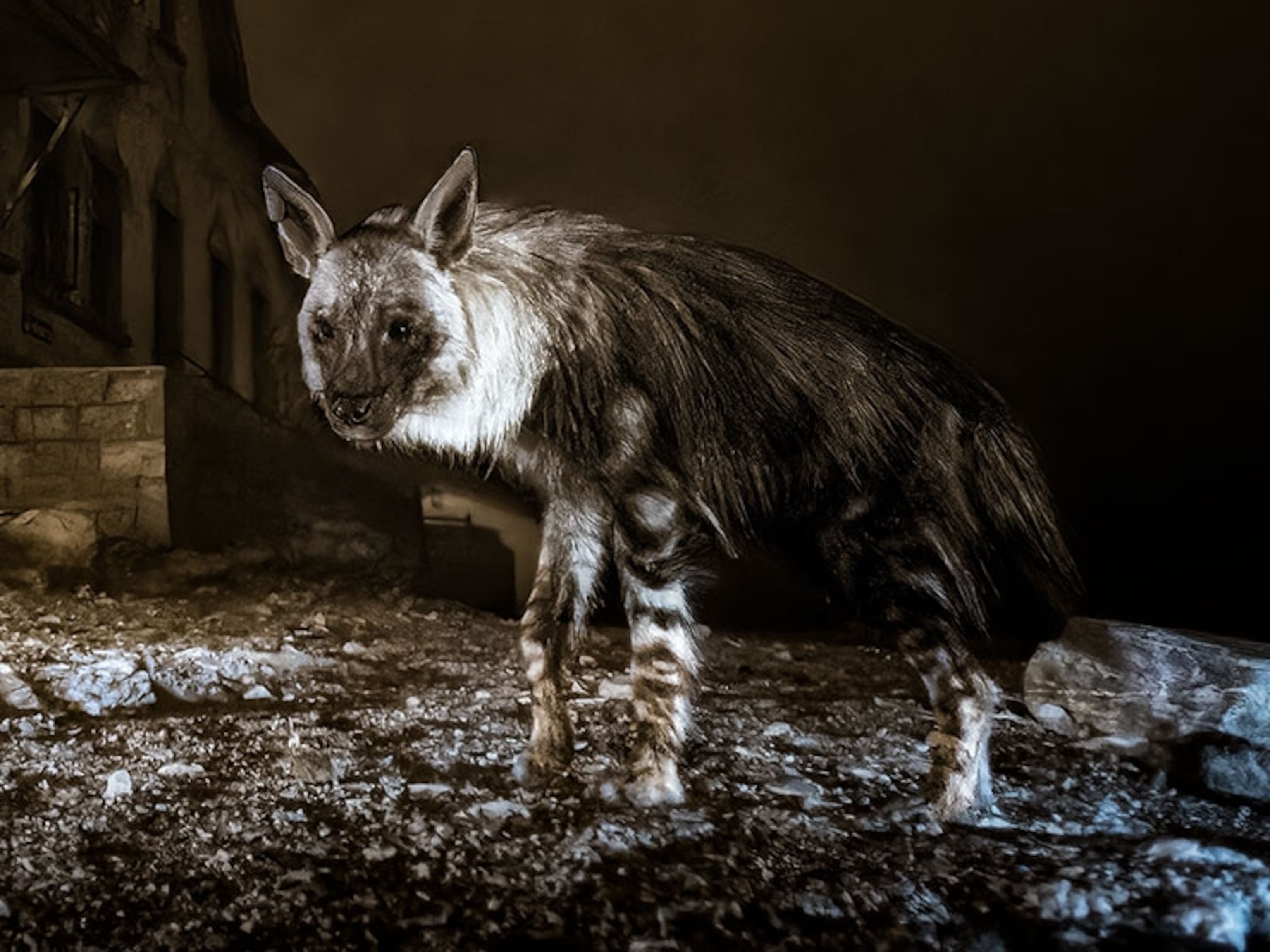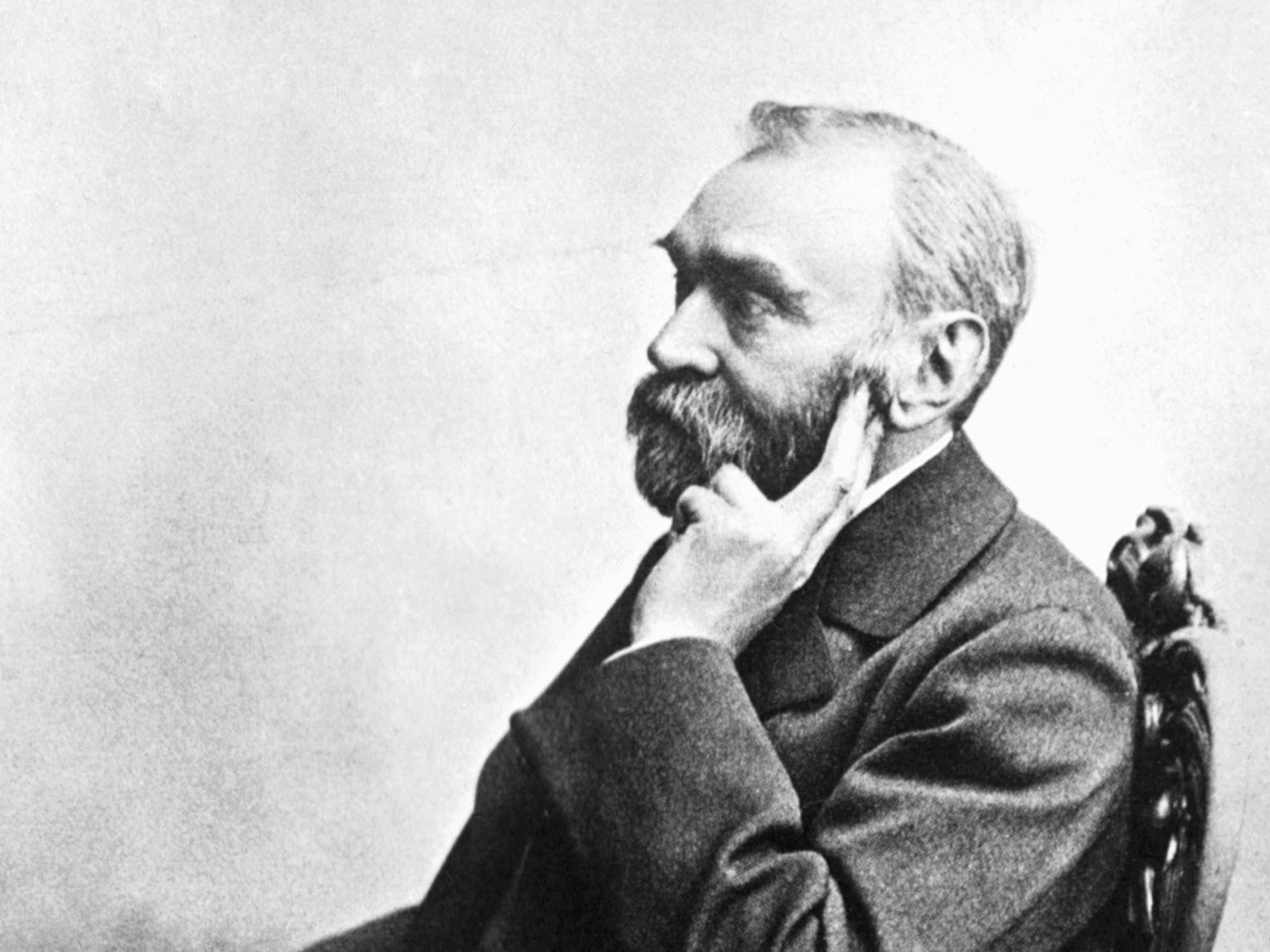Four National Geographic photographers were named winners Thursday in the World Press Photo organization's 58th annual contest, which honors outstanding journalistic and documentary photography from the past year.
The winners include Pete Muller, who was awarded first prize in general news for his work documenting the Ebola crisis in Sierra Leone. His photos were published by National Geographic online and by the Washington Post.
Winning first prize in the nature category was Anand Varma, who documented parasitic "mindsuckers" for the November 2014 cover story of National Geographic magazine.
Winning second prize in the single image on nature category was Ami Vitale, a frequent National Geographic contributor who documented the moment a group of Samburu warriors encountered a rhino for the first time.German photographer Christian Ziegler won second prize for nature stories for his work on carnivorous plants. He is a regular contributor to National Geographic. (See more of his photos in "The Living, Breathing World of Borneo’s Carnivorous Pitcher Plants.")
A global jury selected the winners from 97,912 pictures submitted by 5,692 photographers in 131 countries.
"World Press Photo's recognition of our photographers' work is one of the highest compliments one can receive in this business," said National Geographic Director of Photography Sarah Leen. "We are basking in the reflected glow of the awards that have been bestowed on Anand Varma, Peter Muller, Christian Ziegler, and Ami Vitale. We are very proud of all the photographers we have the privilege to work with and delighted when they are rewarded accordingly."
On Ebola's TrailMuller, an American based in Nairobi, Kenya, documented the spread of the worst Ebola outbreak in history through Sierra Leone."It swept through the country with a fury, killing entire families and preying on those kind enough to care for the sick," the World Press Photo website observed.
To show the scope of the epidemic, Muller documented aid workers, the sick and dying, and those touched by the crisis. (Learn more about Muller's trips to Sierra Leone.)
The "mindsuckers" series by American photographer Varma depicts such bizarre creatures as a male sheep crab that gets feminized by a parasitic barnacle, a cricket that gets controlled by a horsehair worm, and a ladybug that gets enslaved by a parasitic wasp.
"Parasites are often dismissed as vile, lowly bloodsuckers, but some of these creatures have evolved the incredible ability to manipulate the bodies and minds of their hosts," the World Press Photo's website says.
Varma kick-started his photo career when he received a National Geographic Young Explorers Grant in 2010 to document the wetlands of Patagonia. Since then, his work has been published by National Geographic and others.
In the photo above, health care workers at Sierra Leone's Hastings Ebola Treatment Center help a man suffering from the disease. Ebola often causes delirium, and the man had tried to escape the treatment center. He died about 12 hours later.
Follow Brian Clark Howard on Twitter and Google+.
